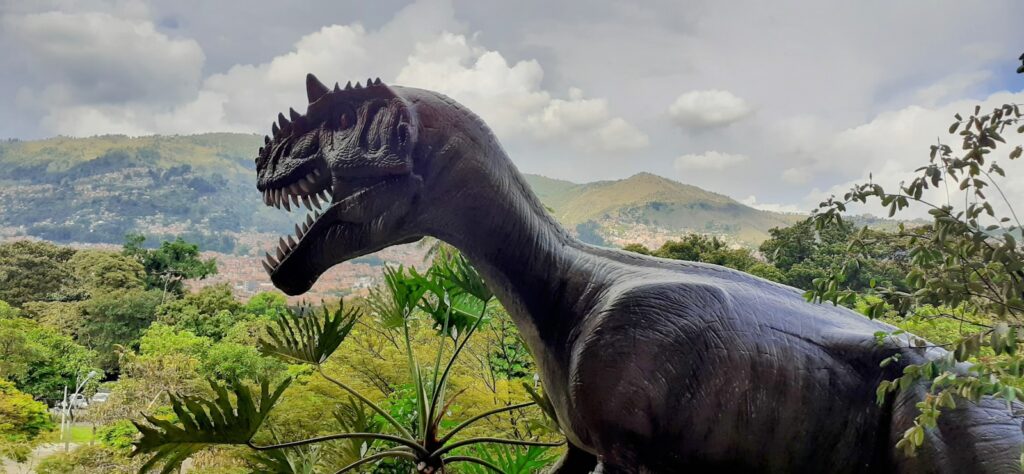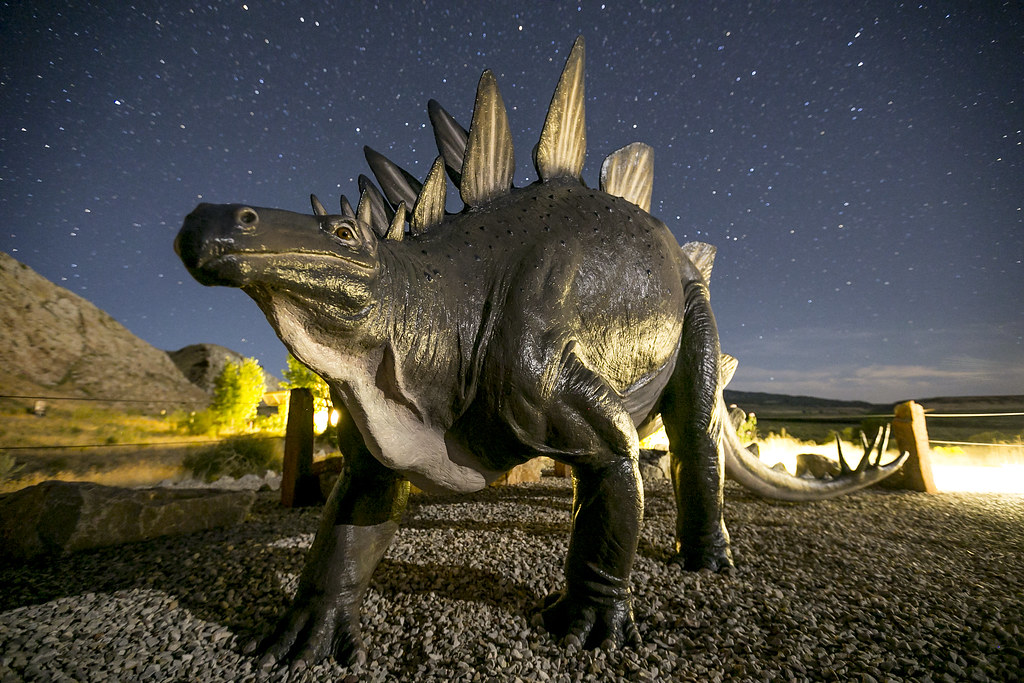Picture this: 150 million years ago, dust clouds swirled across an ancient landscape as two titans faced off in what might be the most spectacular showdown in prehistoric history. The thunderous footsteps of a 30-foot Allosaurus echo through the Jurassic air, while a massive Stegosaurus plants its feet firmly, those iconic spikes glinting like medieval weapons. This wasn’t just another day in the Mesozoic – this was nature’s ultimate test of offense versus defense.
The Heavyweight Champions of the Jurassic
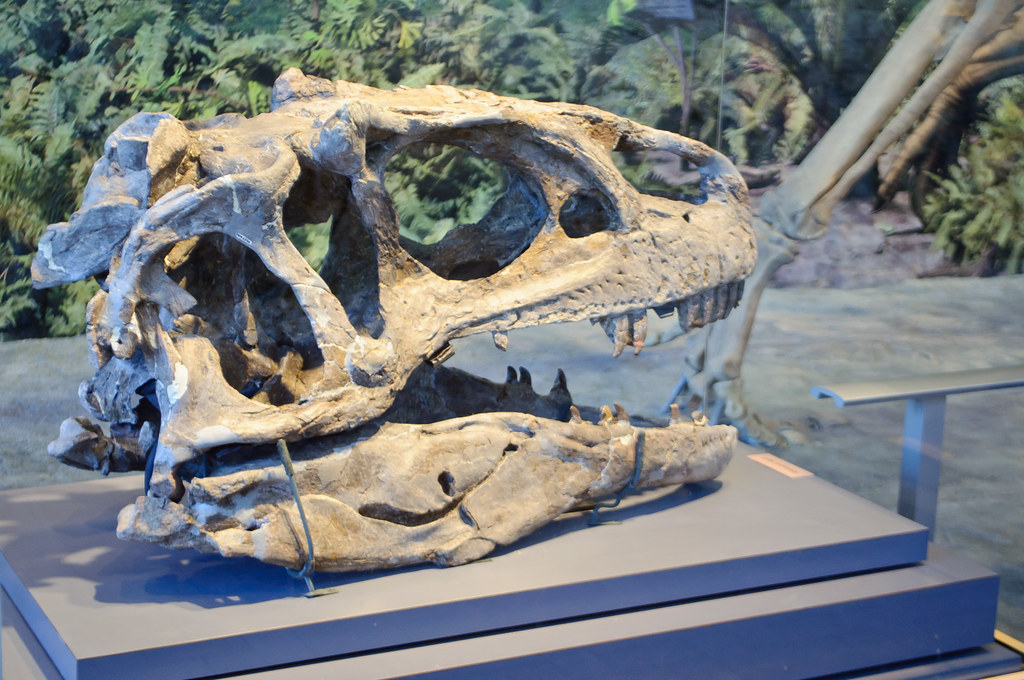
In the red corner, we have Allosaurus fragilis – the “different lizard” that ruled the Late Jurassic period with an iron jaw. This apex predator stretched up to 32 feet long and weighed as much as a modern elephant, making it one of the most formidable hunters of its time. Its name means “fragile different lizard,” but don’t let that fool you – there was nothing fragile about this killing machine.
Standing in the blue corner is Stegosaurus stenops, the “narrow-faced roof lizard” that’s become one of the most recognizable dinosaurs in popular culture. Despite its fame, this herbivore was no pushover. Measuring up to 30 feet in length and weighing around 5 tons, Stegosaurus was built like a living fortress, complete with defensive weaponry that would make a medieval knight jealous.
Allosaurus: The Perfect Predatory Machine

Evolution crafted Allosaurus like a precision instrument designed for one purpose: killing. Its skull alone measured over 3 feet long, housing a brain that was surprisingly sophisticated for its time. The predator’s elongated snout was packed with razor-sharp teeth that curved backward – perfect for slicing through flesh and preventing prey from escaping once caught.
What made Allosaurus particularly deadly was its combination of size and agility. Unlike the lumbering giants that would dominate the Cretaceous period, this hunter could move with surprising speed and grace. Its powerful hind legs and long tail provided the perfect balance for quick turns and sudden bursts of acceleration during hunts.
The arms of Allosaurus were proportionally smaller than those of later theropods, but they packed a serious punch. Each hand bore three fingers tipped with wickedly curved claws that could grow up to 10 inches long. These weren’t just for show – they were functional grappling hooks that could tear through hide and muscle with devastating efficiency.
The Legendary Bite Force Behind the Terror
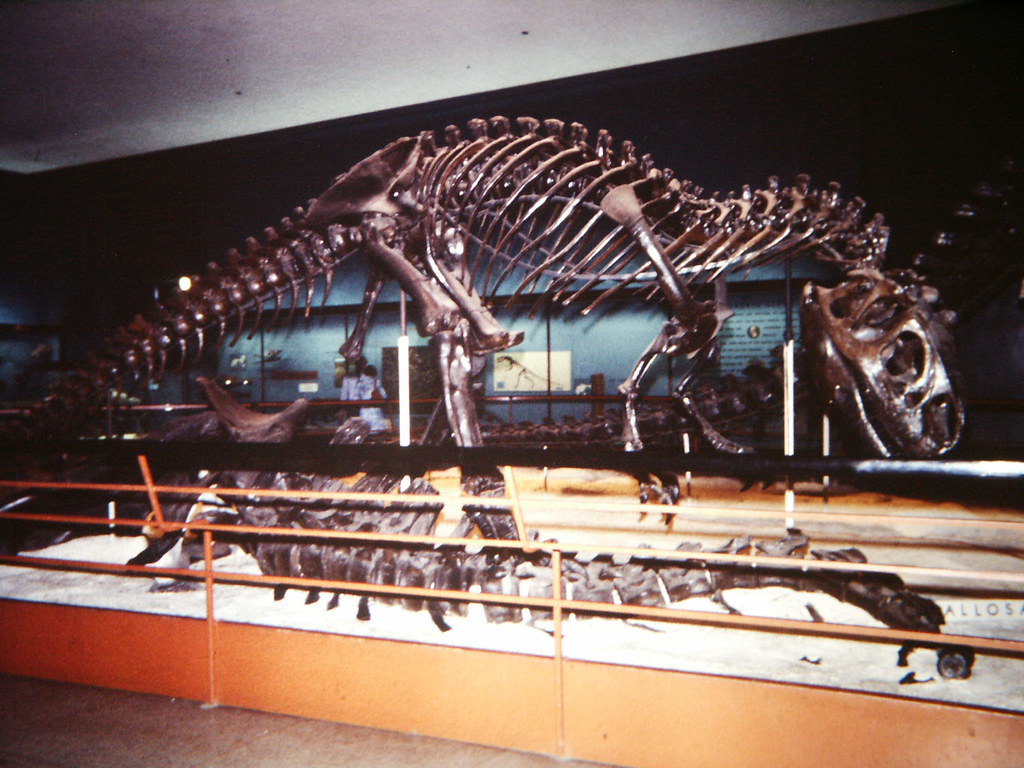
Scientists estimate that Allosaurus could deliver a bite force of approximately 1,500 to 2,000 pounds per square inch. To put that in perspective, that’s roughly three times stronger than a modern lion’s bite. This crushing power came from massive jaw muscles that bulged from the sides of its skull like organic hydraulic systems.
The teeth themselves were masterpieces of natural engineering. Each tooth was designed like a serrated steak knife, with tiny ridges running along both edges. When Allosaurus bit down, these teeth would slice through flesh and bone with surgical precision. As teeth wore down or broke off during violent encounters, new ones would grow in to replace them – a biological conveyor belt of destruction.
Recent studies using computer modeling have revealed that Allosaurus didn’t just rely on brute force. The predator likely used a “puncture and pull” technique, where it would bite down hard and then shake its head violently to tear away chunks of meat. This hunting strategy was devastatingly effective against most prey animals of the Jurassic.
Stegosaurus: The Walking Fortress
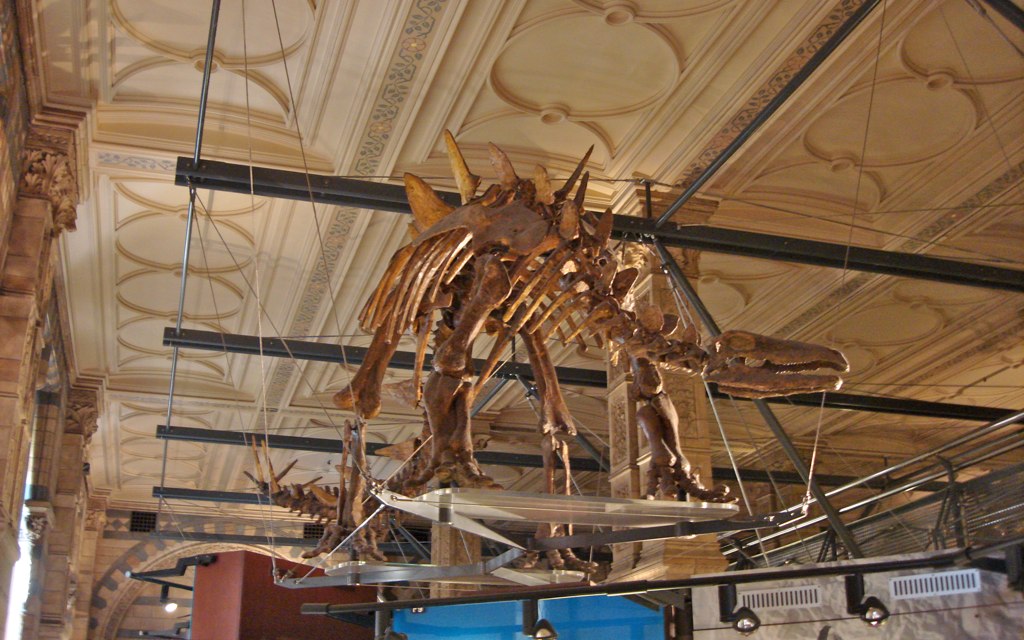
If Allosaurus was a sword, then Stegosaurus was a shield – but this shield had spikes. The most famous feature of this herbivore was undoubtedly its double row of diamond-shaped plates running along its back. These weren’t just for show; they served multiple purposes that made Stegosaurus one of the most well-defended animals in prehistoric history.
The plates themselves were made of bone and covered in a tough, horn-like material called keratin – the same stuff that makes up our fingernails and rhino horns. They could grow up to 2 feet tall and were arranged in an alternating pattern that created a formidable barrier along the animal’s spine. Recent research suggests these plates were also richly supplied with blood vessels, possibly helping with temperature regulation.
But the real weapons were at the business end of Stegosaurus. Its tail, known scientifically as a “thagomizer,” was armed with four massive spikes that could reach lengths of up to 3 feet. These weren’t decorative – they were precision weapons that could be swung with enough force to penetrate even the toughest hide.
The Thagomizer: Nature’s Medieval Mace
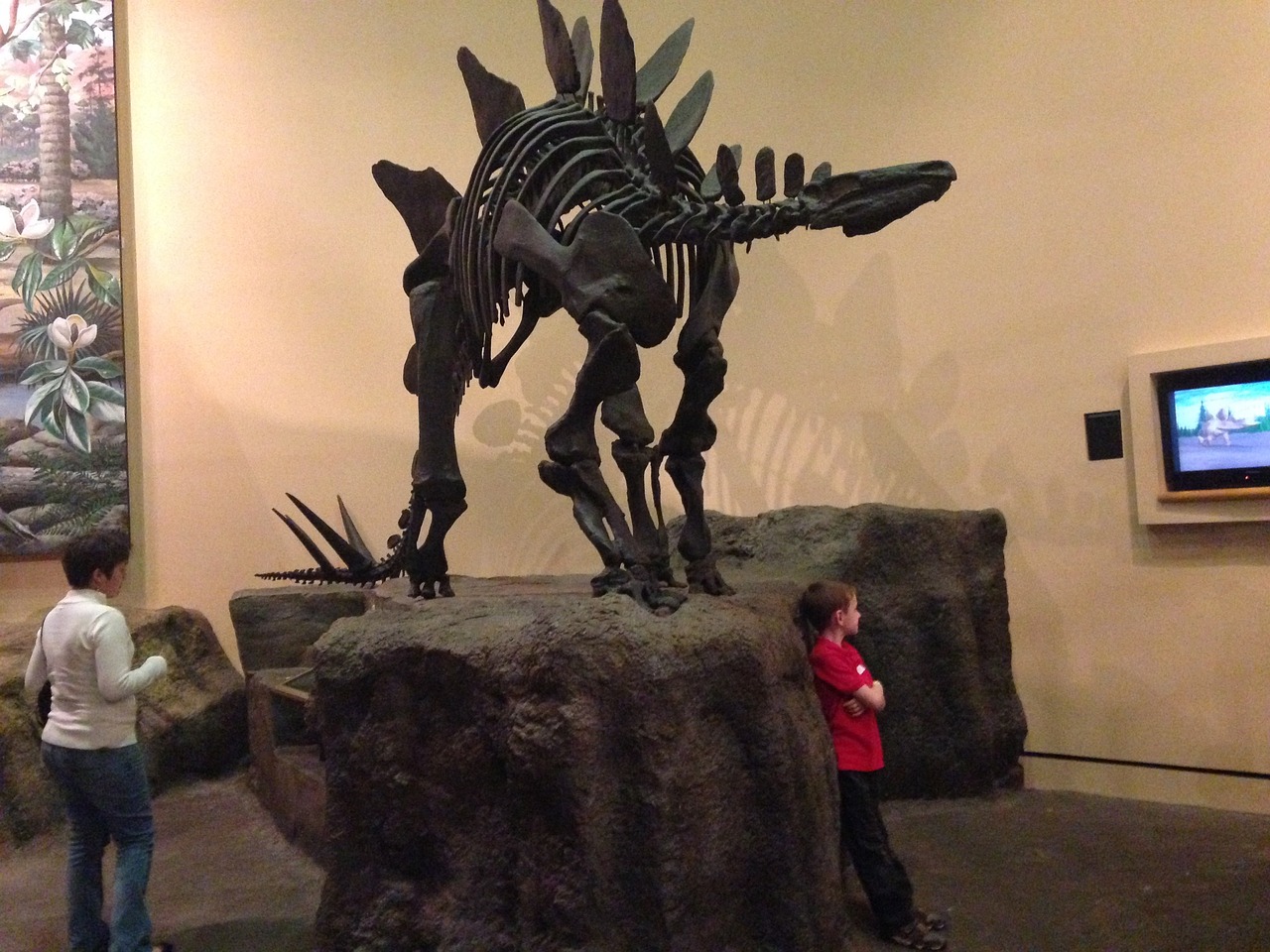
The tail spikes of Stegosaurus represent one of evolution’s most elegant solutions to the predator-prey arms race. These spikes were positioned at the end of a long, muscular tail that could be swung like a medieval flail with devastating accuracy. The name “thagomizer” actually comes from a Gary Larson Far Side cartoon, but paleontologists have adopted it as an official term.
Each spike was a masterpiece of natural engineering, tapering to a needle-sharp point that could punch through bone and vital organs. The positioning of these spikes was crucial – they were angled slightly backward and outward, ensuring maximum damage when the tail was swung in a defensive arc. A single well-placed strike could potentially be fatal to even the largest predators.
Evidence of the thagomizer’s effectiveness comes from fossil records showing healed wounds on various predator species from the Jurassic period. Some Allosaurus specimens show puncture wounds that match perfectly with Stegosaurus tail spikes, providing concrete proof that these defensive weapons were regularly used in life-or-death encounters.
Body Armor: The Plates and Their Purpose
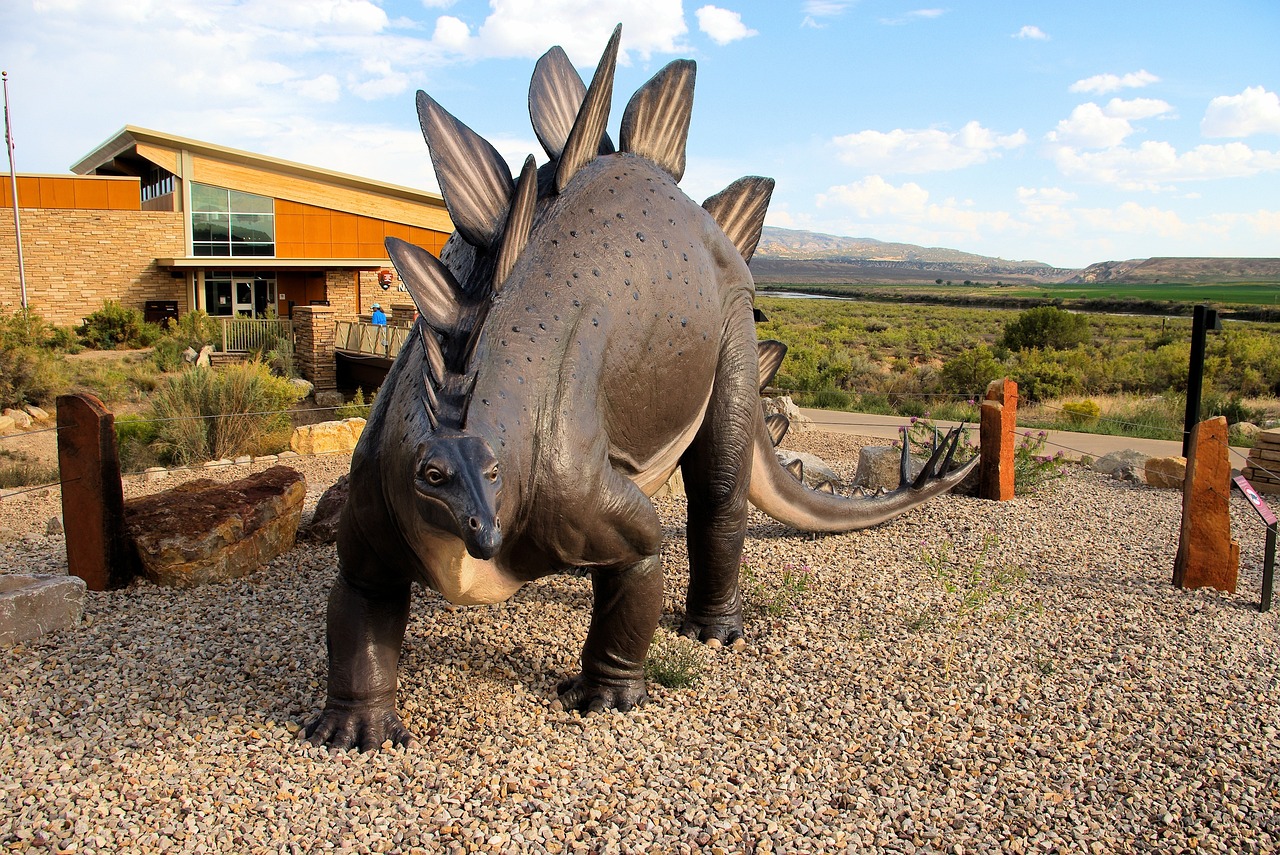
For decades, scientists debated whether Stegosaurus plates lay flat against the back or stood upright like a fence. Modern research has conclusively shown they stood nearly vertical, creating an impressive defensive barrier that would have made the animal appear much larger and more threatening to potential predators. This psychological warfare was just as important as physical protection.
The plates weren’t solid armor like those of ankylosaurs – they were more like giant scales with a honeycomb internal structure that kept them lightweight while maintaining strength. This design allowed Stegosaurus to carry its impressive defensive array without being weighed down to the point of immobility. The plates also featured grooves and ridges that may have helped channel blood flow for thermoregulation.
Recent studies have revealed that the plates were covered in a network of blood vessels and nerve endings, suggesting they were highly sensitive and could detect changes in temperature and pressure. This would have made them excellent early warning systems, alerting the animals to approaching predators before they got too close.
The Battleground: Late Jurassic Showdowns
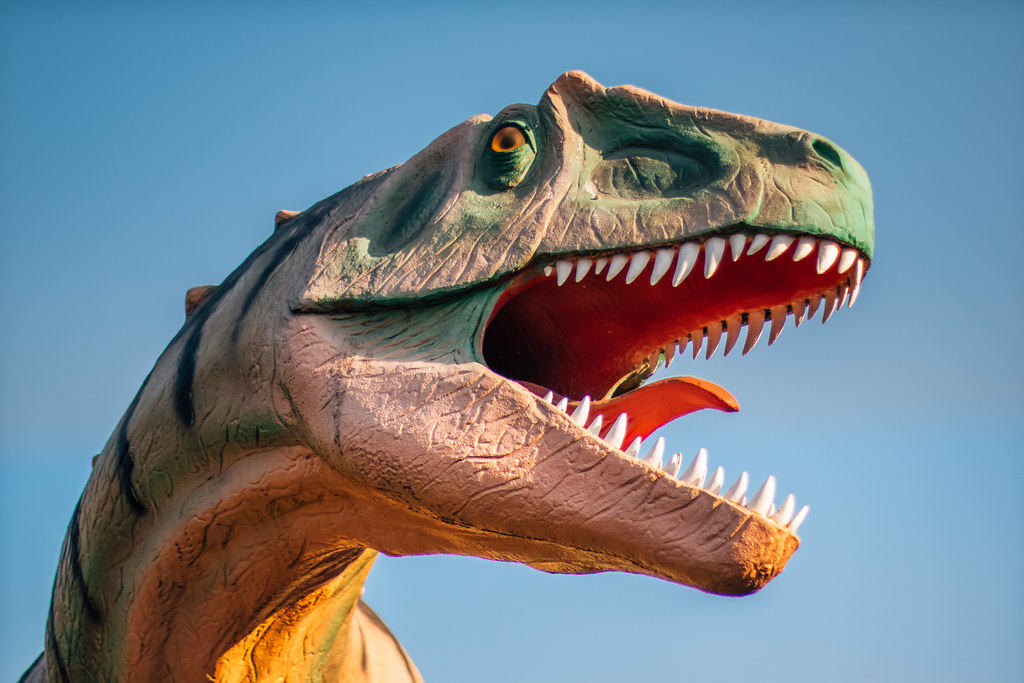
The stage for these epic confrontations was the Late Jurassic period, approximately 150 million years ago when both species roamed the ancient landscapes of what is now the western United States. This was a time when the climate was warm and humid, with vast forests of conifers and ferns providing the perfect backdrop for prehistoric drama.
Fossil evidence suggests that Allosaurus and Stegosaurus frequently shared the same territories, particularly in areas that are now Colorado, Utah, and Wyoming. The Morrison Formation, a geological layer from this period, has yielded numerous specimens of both species, often found in each other. This overlap in habitat meant that encounters between these titans were not only possible but probable.
The terrain of the Late Jurassic was diverse, featuring everything from dense woodlands to open floodplains. This varied landscape would have influenced how these confrontations played out, with different environments favoring different strategies. Open areas might have given Allosaurus the advantage of speed and maneuverability, while dense forests could have provided Stegosaurus with natural barriers and cover.
Attack Strategies: How Allosaurus Hunted
Allosaurus was an ambush predator par excellence, using its intelligence and agility to overcome prey much larger than itself. The predator likely used a combination of stealth and explosive speed to close the distance before its target could react. Its relatively long legs and powerful muscles would have allowed for sudden bursts of acceleration that could catch even alert prey off guard.
When facing a Stegosaurus, Allosaurus would have had to be particularly strategic. The herbivore’s deadly tail spikes meant that a direct frontal assault was likely suicide. Instead, the predator would have looked for opportunities to attack from the sides or attempt to get behind its prey, where the tail spikes would be less effective and the vulnerable neck and belly would be exposed.
Pack hunting behavior has been suggested for Allosaurus, though this remains controversial among paleontologists. If they did hunt in groups, this would have given them a significant advantage over solitary Stegosaurus, allowing them to coordinate attacks and overwhelm the herbivore’s defensive capabilities through sheer numbers and strategic positioning.
Defensive Tactics: Stegosaurus Under Siege
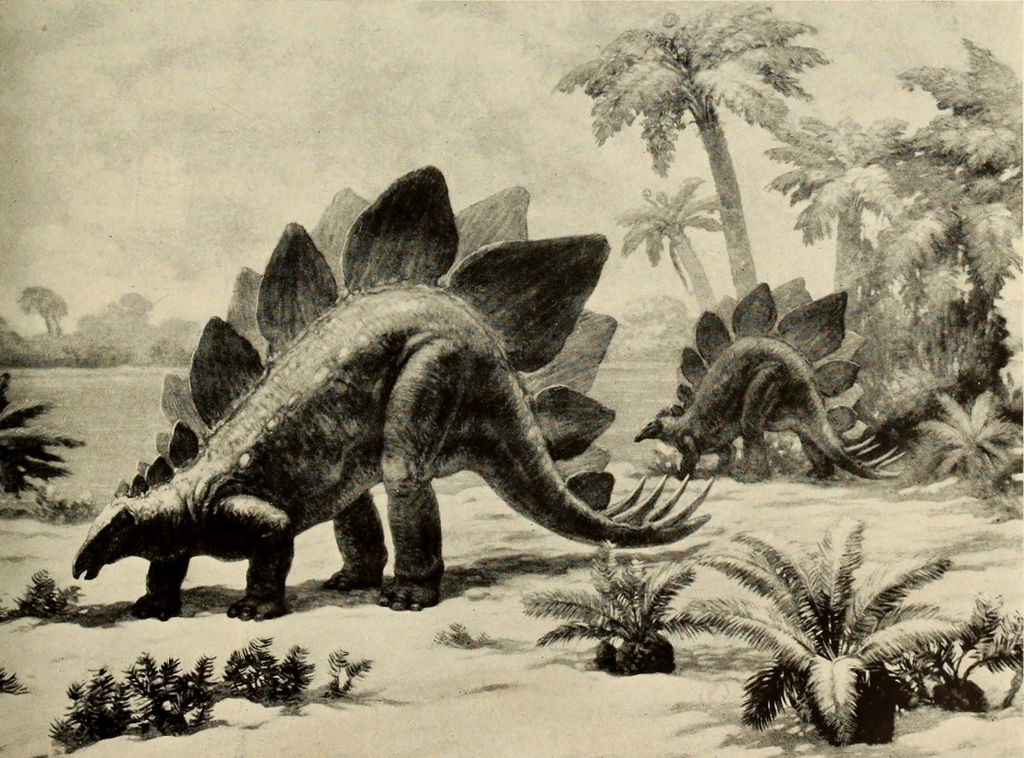
When threatened, Stegosaurus had several defensive options at its disposal. The most obvious was the devastating tail sweep, which could be executed with surprising speed and accuracy. The animal’s low center of gravity and wide stance provided excellent stability during these attacks, allowing it to put its full body weight behind each strike.
The strategic positioning of its plates also played a crucial role in defense. By turning its body to present its spiked profile to an attacker, Stegosaurus could make itself appear much larger and more intimidating. This psychological warfare was often enough to deter smaller predators, though it may have been less effective against a determined Allosaurus.
Recent biomechanical studies suggest that Stegosaurus could also use its plates defensively by arching its back and creating a nearly impenetrable barrier of bone and keratin. This defensive posture would have protected the animal’s vital organs while keeping its dangerous tail free to strike at any predator brave enough to press the attack.
Fossil Evidence: When Titans Clashed
The fossil record provides tantalizing glimpses into these ancient battles, with several specimens showing evidence of violent encounters between predators and prey. One famous Allosaurus specimen, nicknamed “Big Al,” shows healed bite marks and other injuries that may have resulted from failed hunting attempts on heavily armored prey like Stegosaurus.
Perhaps even more compelling is the discovery of Stegosaurus tail spikes embedded in the bones of various predators from the same period. These smoking guns provide direct evidence that the thagomizer was not just for show – it was a weapon that was regularly used in life-or-death struggles with the apex predators of the Jurassic.
Bite marks on Stegosaurus fossils tell their own story, showing that these herbivores didn’t always escape unscathed from their encounters with predators. The patterns of these marks often match the tooth spacing and bite radius of Allosaurus, providing additional evidence that these two species regularly engaged in violent confrontations.
Biomechanical Analysis: Force Meets Resistance
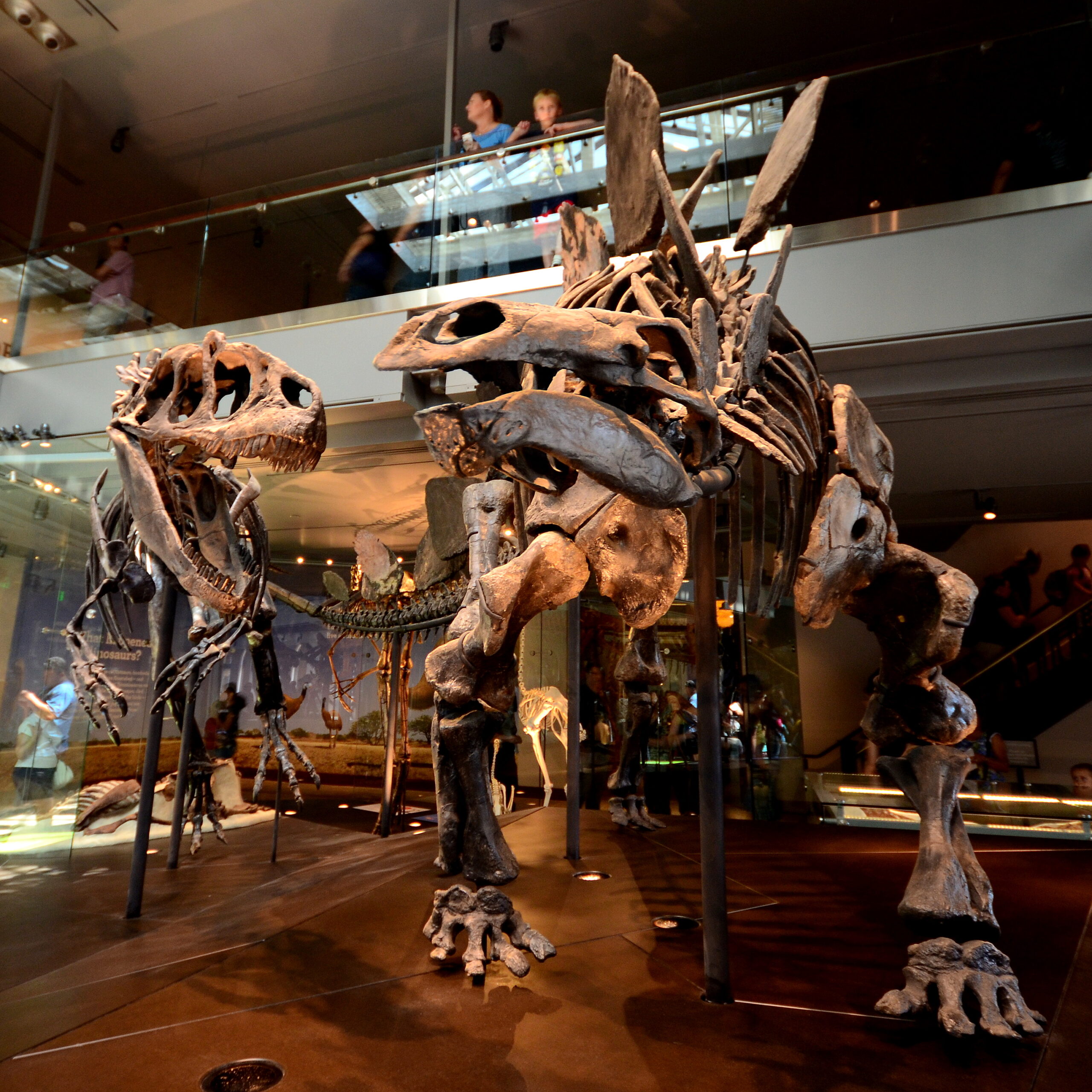
Modern computer modeling has allowed scientists to simulate these ancient battles with unprecedented accuracy. When Allosaurus’s maximum bite force is pitted against Stegosaurus’s defensive capabilities, the results are fascinating. The predator’s crushing jaws were certainly capable of penetrating hide and muscle, but the strategic positioning of plates and the threat of tail spikes made successful attacks extremely difficult.
The physics of the Thagomizer strike is particularly impressive. Computer simulations show that a full-force tail strike from an adult Stegosaurus could generate impact forces exceeding 3,000 pounds per square inch at the point of contact. This was more than enough to punch through bone and deliver fatal wounds to even the largest predators.
Interestingly, the analysis also reveals that size played a crucial role in these encounters. Juvenile Stegosaurus would have been much more vulnerable to Allosaurus attacks, while fully grown adults presented such a formidable challenge that most predators would have looked for easier prey. This size-based dynamic likely influenced the behavior and hunting strategies of both species.
The Verdict: Analyzing the Ultimate Winner
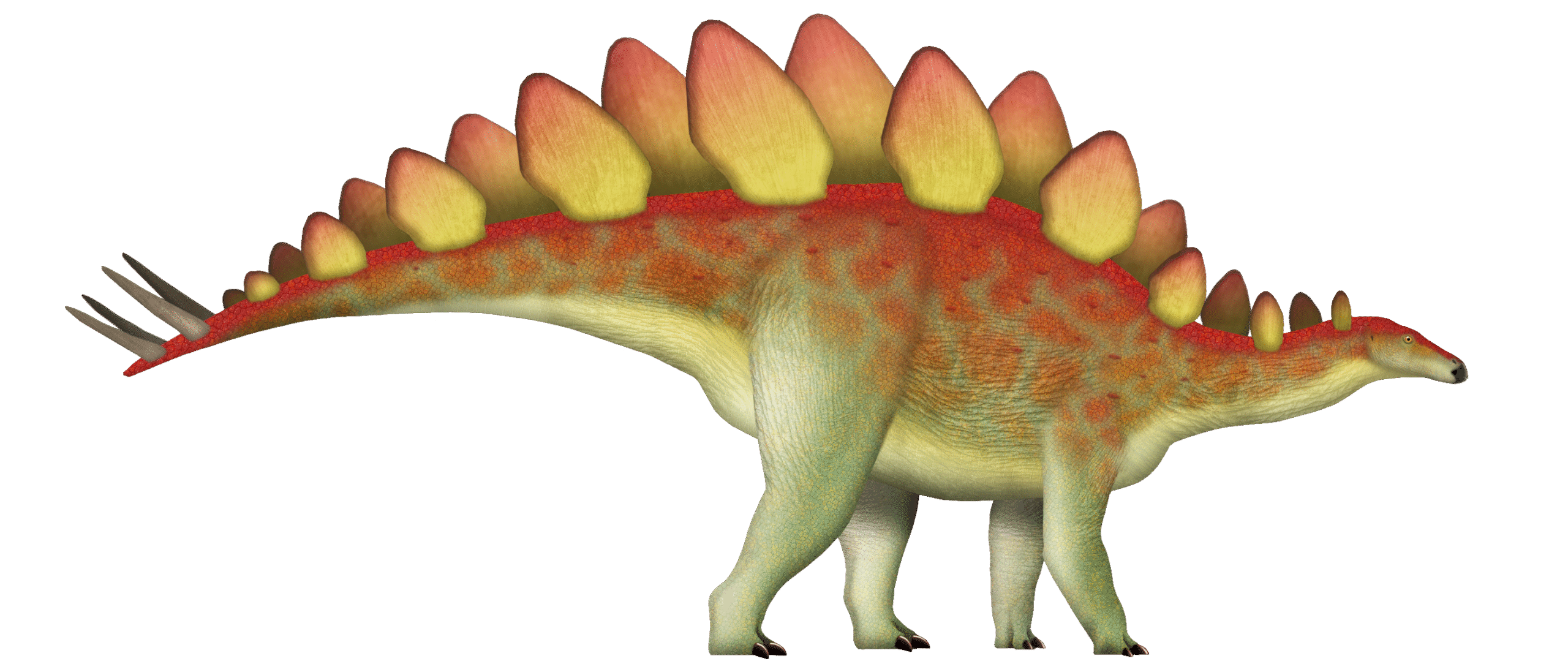
When all the evidence is weighed, the outcome of these prehistoric showdowns likely depended on a complex interplay of factors including age, health, environmental conditions, and sheer luck. In most encounters, adult Stegosaurus probably held the advantage due to their formidable defensive arsenal and the high risk-to-reward ratio for attacking predators.
However, Allosaurus was no slouch when it came to taking down dangerous prey. Young, old, or injured Stegosaurus would have been much more vulnerable to attack, and there’s evidence that clever predators sometimes succeeded in bringing down even healthy adults through persistence and strategic positioning.
The fossil record suggests that these encounters were relatively rare events, with most predators preferring easier prey when available. This makes sense from an evolutionary perspective – why risk a potentially fatal injury when there are safer options available? The very effectiveness of Stegosaurus’s defenses may have been their greatest victory, deterring attacks before they even began.
Modern Implications: Lessons from Ancient Warfare

The evolutionary arms race between Allosaurus and Stegosaurus offers valuable insights into modern ecological relationships. The principle of escalation – where prey develops better defenses in response to more effective predators, and vice versa – continues to shape ecosystems today. We can see similar dynamics playing out between modern predators and their prey across the globe.
These ancient battles also highlight the importance of specialization in evolution. Neither species was a generalist; both were highly specialized for their respective roles as predator and prey. This specialization made them incredibly effective in their niches but also vulnerable to environmental changes that disrupted their finely tuned-adaptations.
The study of these prehistoric encounters has also contributed to our understanding of biomechanics and animal behavior. The engineering principles behind Stegosaurus’s defensive systems and Allosaurus’s hunting strategies continue to inspire modern designs in everything from military hardware to sports equipment.
Legacy of the Jurassic Arms Race
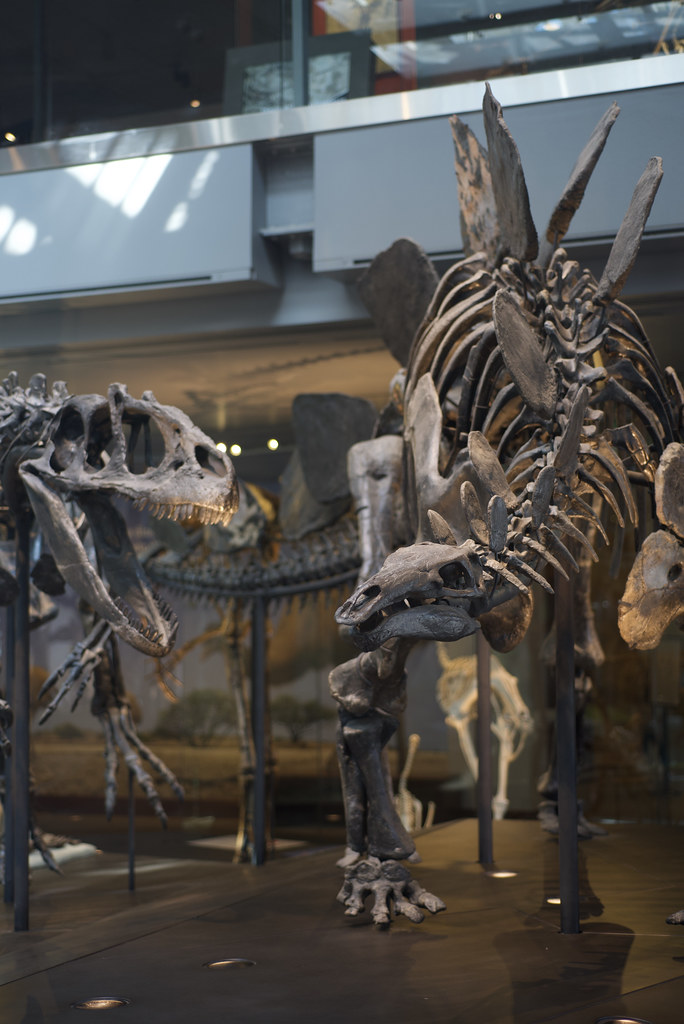
The evolutionary pressure created by the Allosaurus-Stegosaurus dynamic didn’t end with these two species. The defensive innovations pioneered by Stegosaurus influenced the evolution of armored dinosaurs for millions of years to come. Ankylosaurs, ceratopsians, and other herbivorous dinosaurs all inherited aspects of the defensive strategies first perfected by the spiky herbivore.
Similarly, the hunting techniques and physical adaptations of Allosaurus laid the groundwork for the even more formidable predators that would follow. The mighty Tyrannosaurus rex and other late Cretaceous giants built upon the foundation established by these earlier hunters, refining and perfecting the art of prehistoric predation.
Conclusion
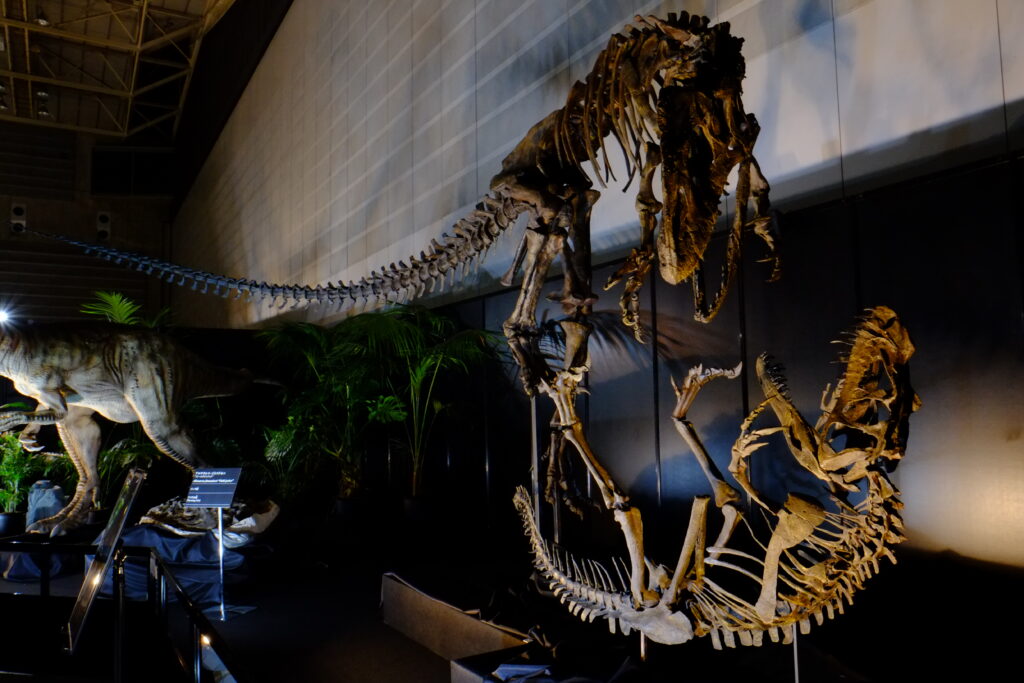
Today, these ancient adversaries continue to capture our imagination and teach us about the incredible diversity of life that once inhabited our planet. Their story reminds us that nature’s creativity knows no bounds and that evolution can produce solutions to survival challenges that seem almost too incredible to be real. The next time you see a Stegosaurus in a museum or an Allosaurus in a movie, remember that you’re looking at the products of one of evolution’s most spectacular arms races – a battle between offense and defense that raged for millions of years across the ancient landscapes of the Jurassic world.



